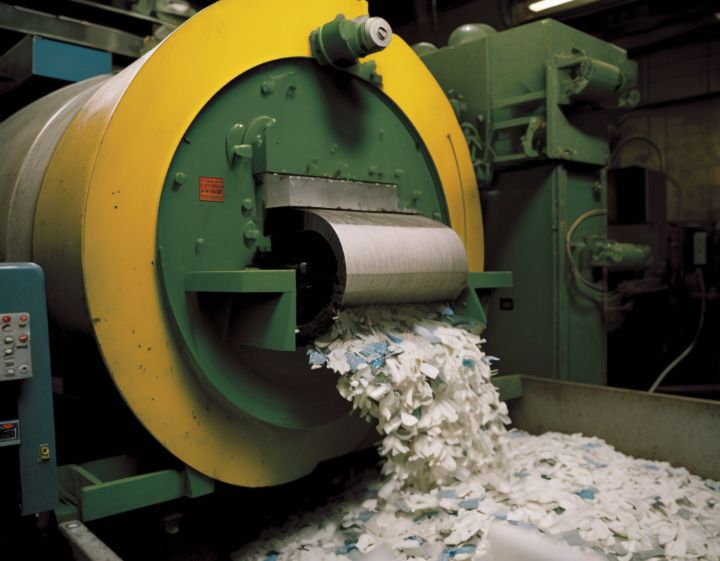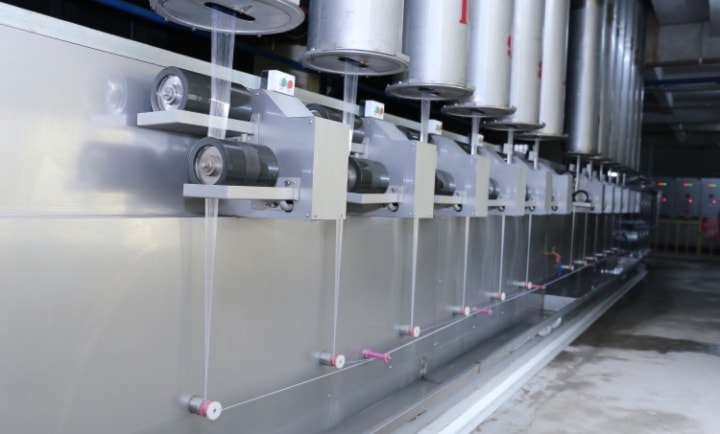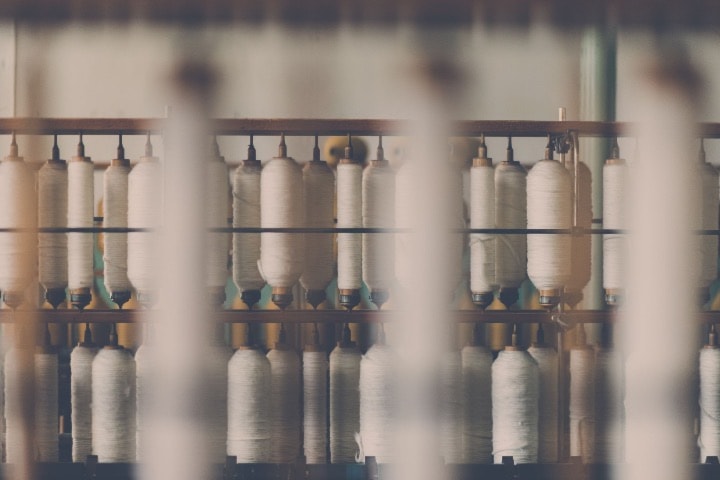
From Bottle to Upholstery
by Nick, Digital Specialist | February 2, 2023
The process of creating recycled polyester upholstery
(note: from an article on Luonto.com)
Recycled polyester is an eco-friendly alternative to conventional polyester that is derived from post-consumer PET bottles. It is widely used in the textile industry, including in the production of upholstery fabrics for furniture. In this article, we will take a detailed look at the process of creating recycled polyester upholstery starting from the raw materials.
Raw Materials?
The raw materials needed for creating recycled polyester upholstery include:
Post-consumer PET bottles
Polymerization Additives (Restores plasticity for renewed function)
Catalysts (to help old and new materials combine)
Water
Step 1 : Collection and Sorting

The first step in the process is the collection of post-consumer PET bottles. These bottles are collected from various sources such as recycling centers, waste management facilities, and landfills. Once collected, the bottles are sorted by color and quality. This ensures that only high-quality bottles are used in the production of recycled polyester upholstery.
Step 2 : Shredding and Washing

The sorted bottles are then shredded into small flakes. These flakes are washed thoroughly with water to remove any impurities such as dirt, labels, and caps. The washing process also helps in removing any remaining liquid residue from the bottles.
Step 3 : Purification
The washed flakes are then purified using a series of chemical treatments. In the first treatment, the flakes are treated with a mixture of Ethylene Glycol (EG) and water. This mixture helps in breaking down the flakes into a liquid form. The liquid is then filtered to remove any remaining impurities.
Step 4 : Polymerization
The purified liquid is then polymerized using a catalyst such as antimony trioxide. Polymerization is the process of linking monomer molecules together to form a polymer. In this case, the monomer is the purified liquid obtained from the previous step, and the polymer is PET. The polymerization process results in the formation of long chains of PET.
Step 5 : Extrusion

The PET polymer is then extruded into long strands of yarn. The extrusion process involves melting the PET polymer and passing it through a spinneret. The spinneret has many small holes that are used to extrude the polymer into long, continuous strands of yarn.
Step 6 : Spinning

The extruded yarn is then spun into different types of fibers. These fibers are then sorted according to their properties and color.
Step 7 : Weaving or Knitting
The fibers are then used to create the upholstery fabric. This can be done by either weaving or knitting the fibers together. Weaving involves interlacing the fibers in a particular pattern to create a woven fabric. Knitting involves interlocking the fibers together to create a knitted fabric.
Step 8 : Finishing
The final step in the process is finishing. The finished fabric is treated with various chemicals to improve its properties. This can include adding fire retardants, water repellents, or stain repellents. The fabric is then cut into the required sizes and shapes to create the finished upholstery.Overall, the process of creating recycled polyester upholstery from raw materials involves collection and sorting, shredding and washing, purification, polymerization, extrusion, spinning, weaving or knitting, and finishing. The end result is a durable and sustainable upholstery fabric that is environmentally friendly.

BROWSE BY TAG:
ALL CATEGORIES:
MOST POPULAR:
MOST RECENT:

